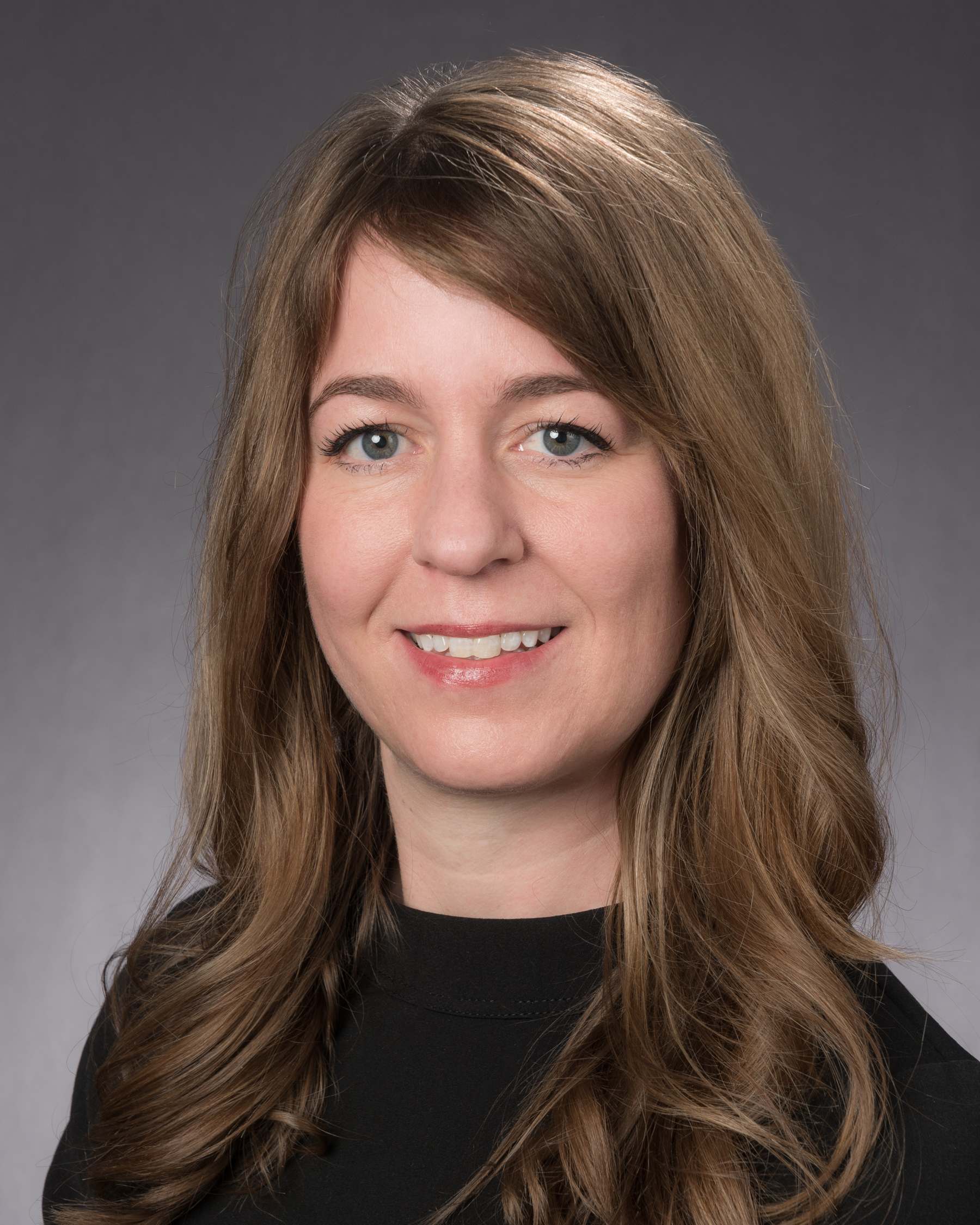Removing Muda From Daily Work
“Muda” is a Japanese term that, when considered in health care, describes wasteful aspects of processes that add no value for the patient. At Virginia Mason, we use the tools of the Virginia Mason Production System (VMPS) to improve patient outcomes and experience, engage our staff, and improve workflow. We accomplish this by eliminating muda, or waste, and generating new ideas to make our processes more value-added and patient-centered. Over the last several years, teams within our revenue cycle value stream have applied lean methods and tools and the Respect for People framework to implement daily management and achieve a more flexible staffing model for leaders. The revenue cycle value stream encompasses appointing patients, billing for services and collecting payments.
Addressing muda to understand the business
Foundational to implementing a successful strategic staff model is the removal of muda, or waste, to understand demand, capacity and production. Examples of wastes in the revenue cycle value stream, which are categorized according to Taiichi Ohno’s Seven Wastes and the Eighth Waste, included the following:
- Defects: incorrect charges, documentation errors, lack of feedback when defects occur, no standard work and no performance data
- Processing: overhandling of patient bills, lack of communication between teams and complex or unnecessary information requests
- Time: team members and patients waiting for follow-up, delays in reimbursement, patient appointment scheduling delays and variation of appointment duration
- Overproduction: redundant manager positions and unnecessary handoffs and batching of work — such as bills, authorizations and communications
- Inventory: limited staff sharing between teams in the value stream and underutilized people who could be valuable resources
- Human Potential: unused skillsets, no clear career growth pathways for employees and frustrated teams
Removing waste allowed the teams in the revenue cycle value stream to define what they produced, and discover what they needed to do to remove the burden of work for their team. It also allowed them to implement daily management, using visual controls — such as dashboards or andons — to drive action and support transparency. The leaders implemented daily huddles and daily rounding to improve leader accountability and staff engagement, and they created leader standard work to build in the shared quality and performance expectations.
Removing muda to address quality
As a result of many formal improvement events and the implementation of daily lean management, the teams successfully combined four departments — Patient Financial Services, Patient Access, Health Information Services, and Documentation and Coding — into a single team. Made up of almost 400 members, the new Revenue Cycle team now crosses the medical center functionally and geographically, facilitating shared goals, accountabilities and communication. Its members have removed redundant processes, introduced upstream error-proofing to address specific defects, and improved communication and feedback along the value stream.
Did all of these achievements happen with one weeklong event? No. They started with an inspiration over a decade ago after a Virginia Mason executive visited a factory in Japan and observed that all workers changed jobs after lunch. This inspired key employees at Virginia Mason to participate in a 3P, which led them to move to a value stream-based team to replace the ideas of different departments. From this, they developed, tested and implemented a new physical leader nexus with defined roles and shared expectations and responsibilities. By removing waste, such as isolated teams, redundant processes, a lack of standard work and invisible performance data, the Revenue Cycle team is now led by a co-located collaboration of managers.
“Removing waste allowed the teams in the revenue cycle value stream to define what they produced, and discover what they needed to remove the burden of work for their team. It also allowed them to implement daily management, using visual controls — such as dashboards or andons — to drive action and support transparency.”
– Megan McIntyre
Building on the new ideas
More recently, the Revenue Cycle team completed a focused improvement workshop to establish a shared framework for a flexible staffing model that allows employees to move efficiently to other workgroups based on demand, urgency and skill level. Using the lean concepts of 5S (sort, simplify, sweep, standardize and self-discipline), visual controls and daily management, they implemented a daily team bridge call to connect all leaders and staff and provide a venue for demand, resource allocation and team discussions.
Another area of opportunity they addressed during the event was leader inconsistencies in determining and managing staffing needs. By creating a standard tool to help supervisors understand their own staffing needs and identify available staff to fill other staffing needs, supervisors are now empowered to make the needed staffing adjustments in real time. The team also identified staff members’ skills and made them visible to all supervisors. At the first post-event checkpoint, the quality defect had been reduced from a baseline of 66 percent of staffing needs and requests for unmet needs, to 46 percent. Defects included not having coverage for sick calls, no visibility or method to access cross-trained resources, and managers not communicating when their team was either over or under capacity relative to their work demand. They are now at work on a workforce analysis tool to eliminate the remaining defects.
With the visibility of skillsets and staffing needs, Revenue Cycle leaders now spend less time scheduling, arranging coverage and communicating changes. The combined leader time spent on staffing activities at baseline was equal to 1.7 FTE, or 30 minutes per day per leader. At the first post-event checkpoint, the leader productivity was improved by 50 percent. They reduced time spent working on staffing assignments to 15 minutes per day per leader.
Embedding the patient voice to improve quality
Because patients are the Revenue Cycle team’s primary customers, the team included a patient partner in their improvement event to share firsthand experiences, challenge assumptions and offer ideas to improve how patients at Virginia Mason experience the revenue cycle’s complexities. The patient’s participation as a true team member helped the team effectively cross-train staff, increase job satisfaction and support succession-planning efforts.
Eliminating muda to redesign complex processes
The takeaway from the team’s ongoing work is this: Waste does not need to be a part of daily worklife. The Revenue Cycle team members have demonstrated that a shared vision and management method can provide the framework and tools needed to completely redesign one of the more complex processes in health care. Because of the Virginia Mason Production System’s focus on continuous improvement, many times the teams were able to make a meaningful impact by implementing simple ideas while more complex solutions were being developed and tested. Additionally, integrating patients in improvement efforts provided an impetus for change like no other. Together these team members have used the Virginia Mason Production System to remove muda, target quality defects, and more efficiently utilize the ideas and work of people, our most significant resource.






